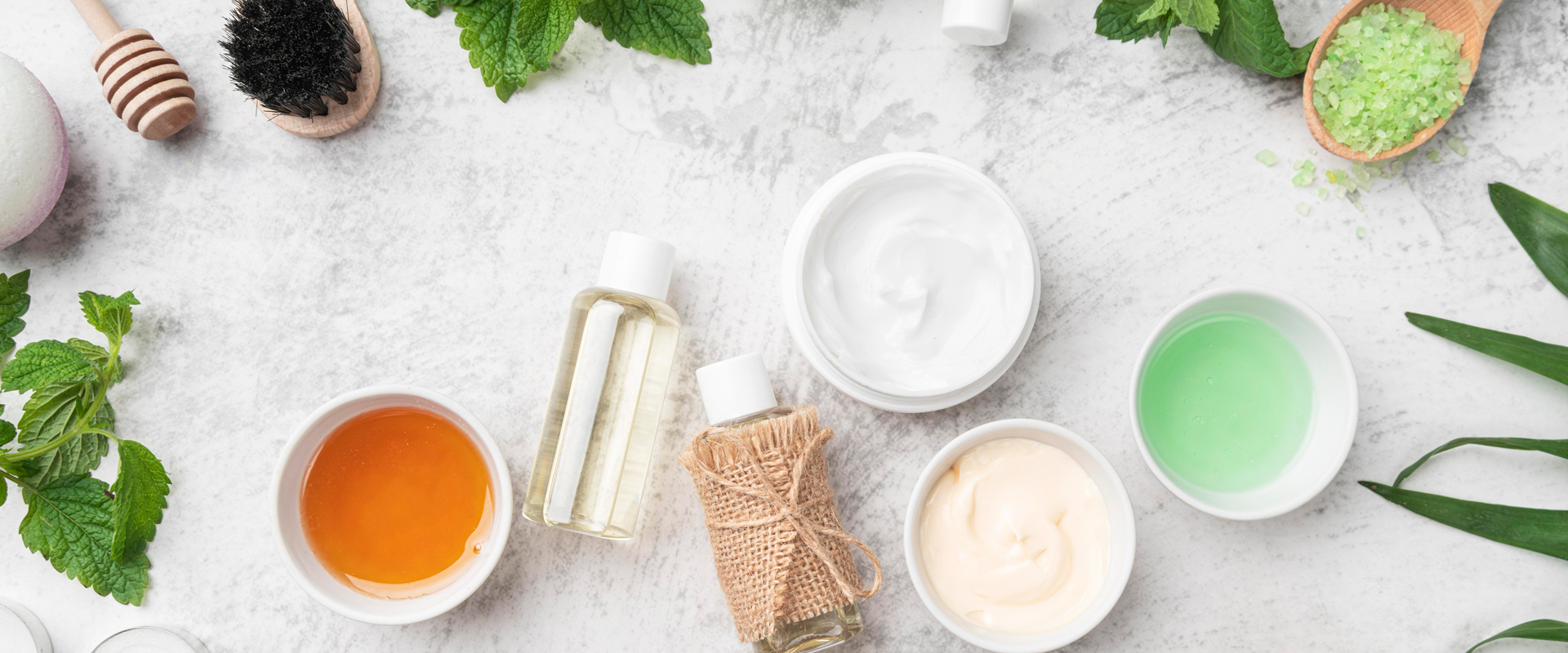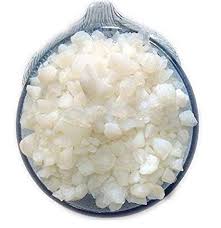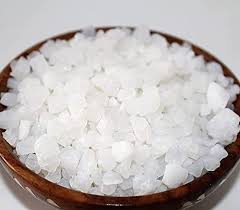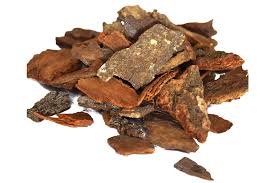
How to Store Aritha Soap to Retain Its Freshness
Aritha, also known as Reetha or Soapnut, is a powerful natural cleanser used in Ayurveda for centuries. It’s widely appreciated for its ability to gently clean skin and hair without harmful chemicals. If you’re using or making Aritha soap, storing it properly is key to maintaining its potency, texture, and aroma. Improper storage can lead to the soap losing its natural benefits or even spoiling. In this blog, we’ll explore how to store Aritha soap correctly to retain its freshness, extend shelf life, and keep its natural cleansing power intact.
🌱 Long Description (SEO Optimized + Detailed – 1500 Words):
🧼 What is Aritha Soap and Why Is Storage Important?
Aritha, or soapnut, is derived from the dried fruit of the Sapindus mukorossi tree. In Ayurveda, it is praised for its saponin content, which creates natural lather and helps cleanse without the need for harsh surfactants. Many people now prefer natural soaps made with Aritha as a healthy alternative to chemical soaps.
However, since Aritha-based soaps are often free from artificial preservatives, they require special care in storage to prevent them from drying out, becoming soft or moldy, or losing their aroma and effectiveness.
🧊 1. Store in a Cool, Dry Place 🌬️
One of the most crucial tips for preserving the freshness of Aritha soap is to store it in a cool, dry place away from humidity. Excess moisture can cause the soap to soften, degrade, or develop mold. Here’s how:
Choose an area that is not exposed to direct sunlight (like a cabinet or drawer).
Ensure good air circulation around the soap to allow it to breathe.
If you’re in a humid climate, consider using silica gel packets or a dehumidifier in your storage area.
🌿 Pro Tip: Never store Aritha soap near the shower or sink, where water splashes can reach it regularly.
🧺 2. Use a Soap Dish with Drainage for Daily Use 🧽
If you’re using Aritha soap regularly, the way you store it between uses matters just as much as long-term storage:
Use a soap dish with proper drainage holes to prevent water accumulation.
Avoid plastic soap dishes without airflow — ceramic or wooden slatted trays work best.
Let the soap air dry completely between uses.
📌 Note: When Aritha soap remains wet for too long, it melts faster and may lose its cleansing effectiveness.
🧊 3. Refrigerate for Long-Term Storage (Optional) ❄️
For those who make or buy Aritha soap in bulk, storing unused soap bars in the refrigerator can help extend their freshness:
Wrap each bar in wax paper or butter paper, then place in an airtight container.
Keep away from strong-smelling foods to avoid odor absorption.
Let the soap return to room temperature before use to prevent condensation.
💡 This method is particularly useful in summer months or tropical regions where high heat can affect the soap’s texture.
🛍️ 4. Avoid Plastic Wrapping – Go for Breathable Packaging 🌾
Although plastic might seem protective, it can trap moisture and lead to bacterial growth or a mushy bar. Instead:
Use cotton pouches, muslin cloth wraps, or paper boxes to allow natural air circulation.
Store in cardboard or wooden boxes that are clean and dry.
✨ Eco-friendly packaging also aligns with the natural, Ayurvedic philosophy behind Aritha.
🧳 5. Traveling with Aritha Soap? Store Smartly! 🌍
If you plan to carry your Aritha soap during travel:
Use a ventilated soap case with drainage.
Let the soap air-dry before packing.
Carry small cut pieces instead of a full bar to reduce exposure to external conditions.
🎒 Keeping a travel-friendly version ensures you maintain your Ayurvedic skincare routine even on the go.
🧪 6. Watch for Spoilage Signs 🔍
Even with the best storage practices, it’s important to recognize signs that your Aritha soap has gone bad:
Unpleasant or rancid smell
Sticky or slimy surface
Mold spots or discoloration
Loss of lather
🧼 If you notice these, it’s best to discard the soap and use a fresh one.
🧴 7. Keep Away from Fragrance Absorbing Items 🚫
Natural Aritha soaps often contain essential oils or Ayurvedic herbs like neem, tulsi, or sandalwood. These soaps can absorb odors from other items around them:
Avoid storing near perfumes, deodorants, or food.
Use separate compartments or small boxes to isolate the soaps.
🌸 This keeps the soap’s natural aroma pure and refreshing.
🌼 8. Label Your Soaps if Using Multiple Herbal Types 🏷️
If you’re a fan of Ayurvedic soaps like Aritha + Neem, Aritha + Turmeric, or Aritha + Rose, labeling helps you:
Identify soaps quickly
Track usage and expiry
Avoid confusion during use or gifting
📦 You can use handmade paper labels or printed stickers — just ensure they are moisture-resistant.
📅 9. Pay Attention to Expiry Dates 📆
Even natural soaps have a shelf life, especially when made without chemical stabilizers. The average shelf life of Aritha soap is:
6 to 12 months, depending on the ingredients used
If mixed with oils (like coconut or castor), use within 6 months
📝 Always check the manufacturing or expiration date if you buy from a local brand. If you’re making your own, label the date you made it.
🧘♀️ 10. Why Storing Aritha Soap Right Matters for Skin Health 🌟
Incorrect storage can not only waste a good herbal product but also impact your skin health:
Spoiled soap may clog pores or cause rashes
Fungal or bacterial growth in damp soap may lead to skin infections
The loss of active compounds like saponins means less effective cleansing
✅ By storing it right, you ensure that every time you use Aritha soap, you get the full Ayurvedic benefit — gentle cleansing, balanced oils, and nourished skin.












